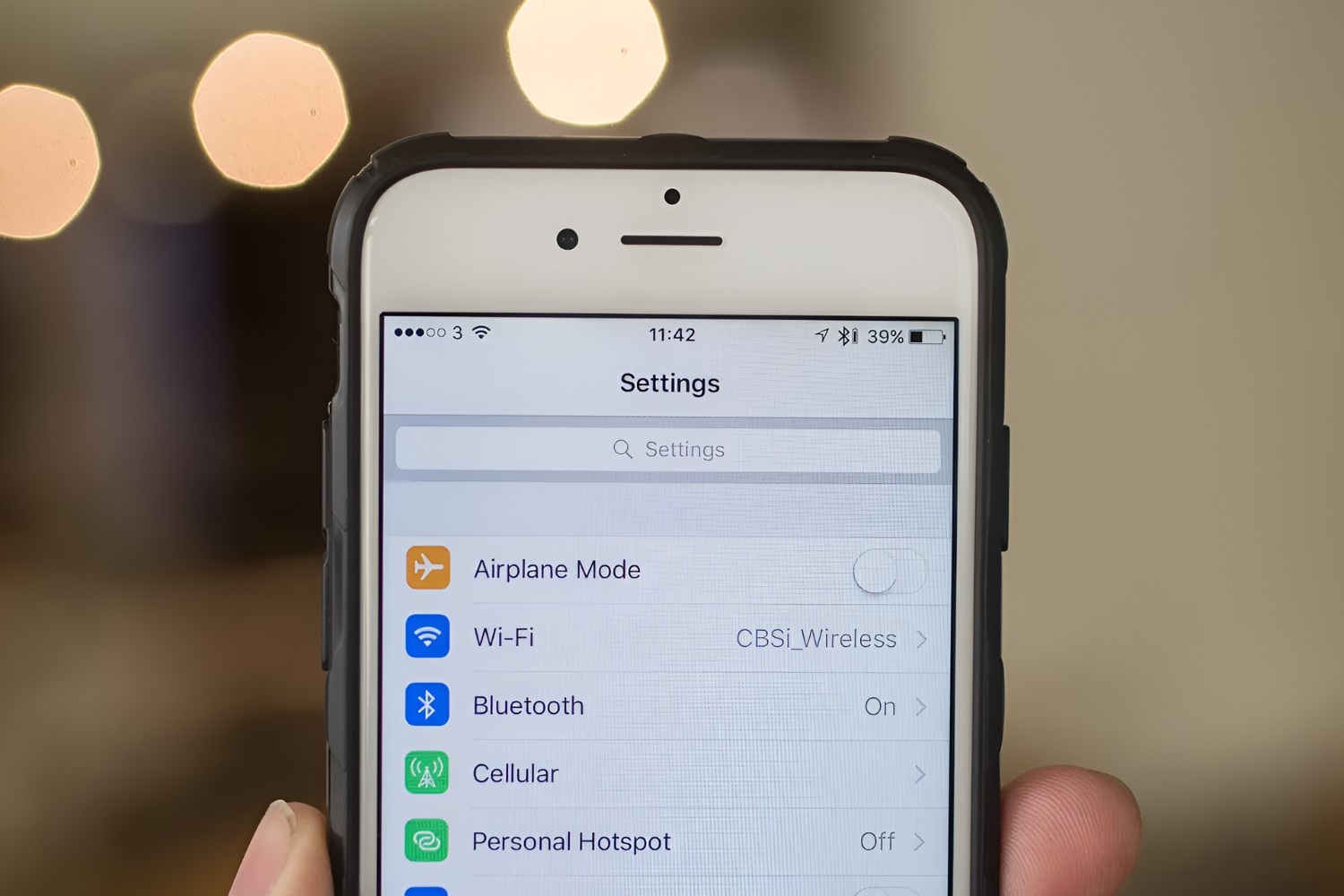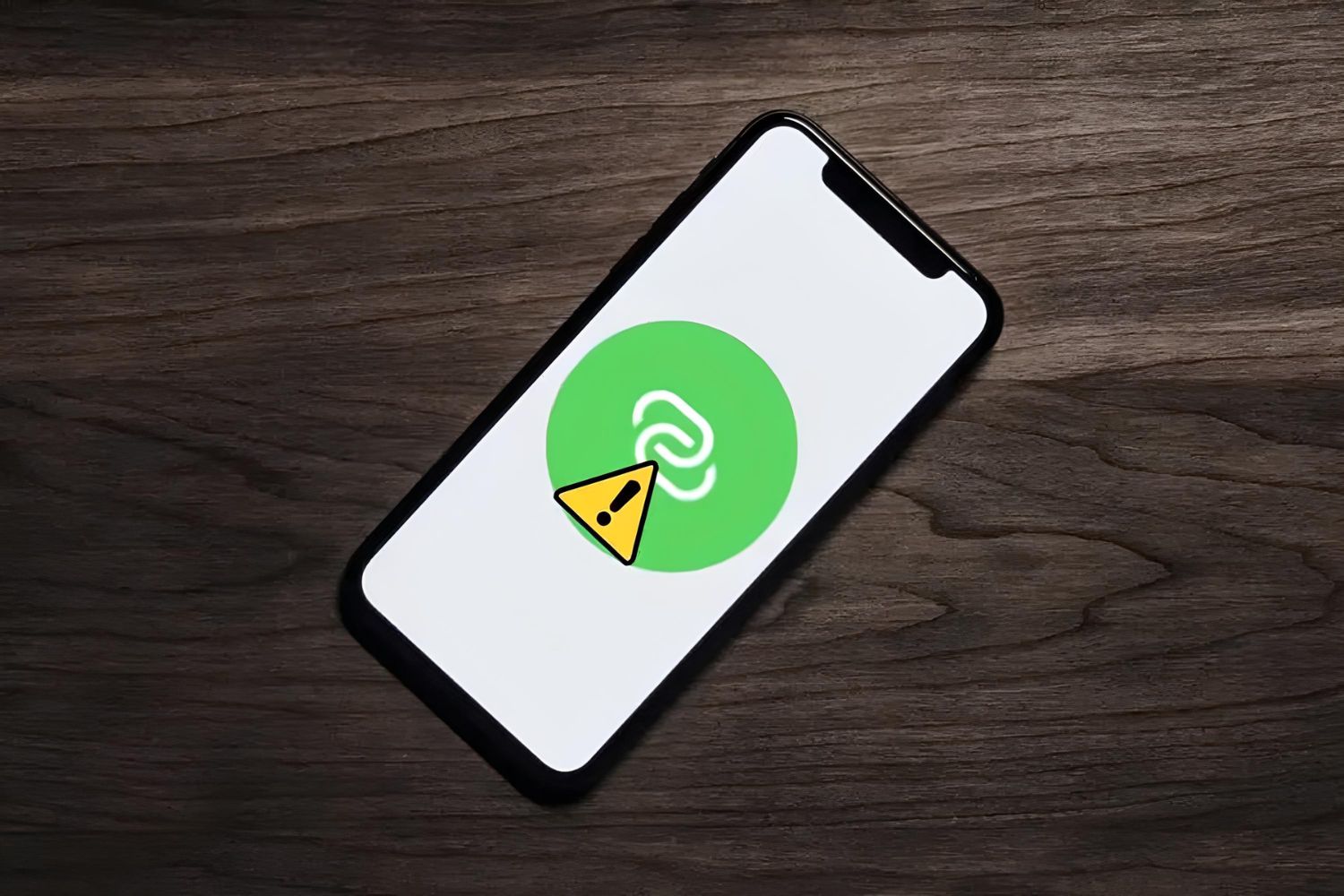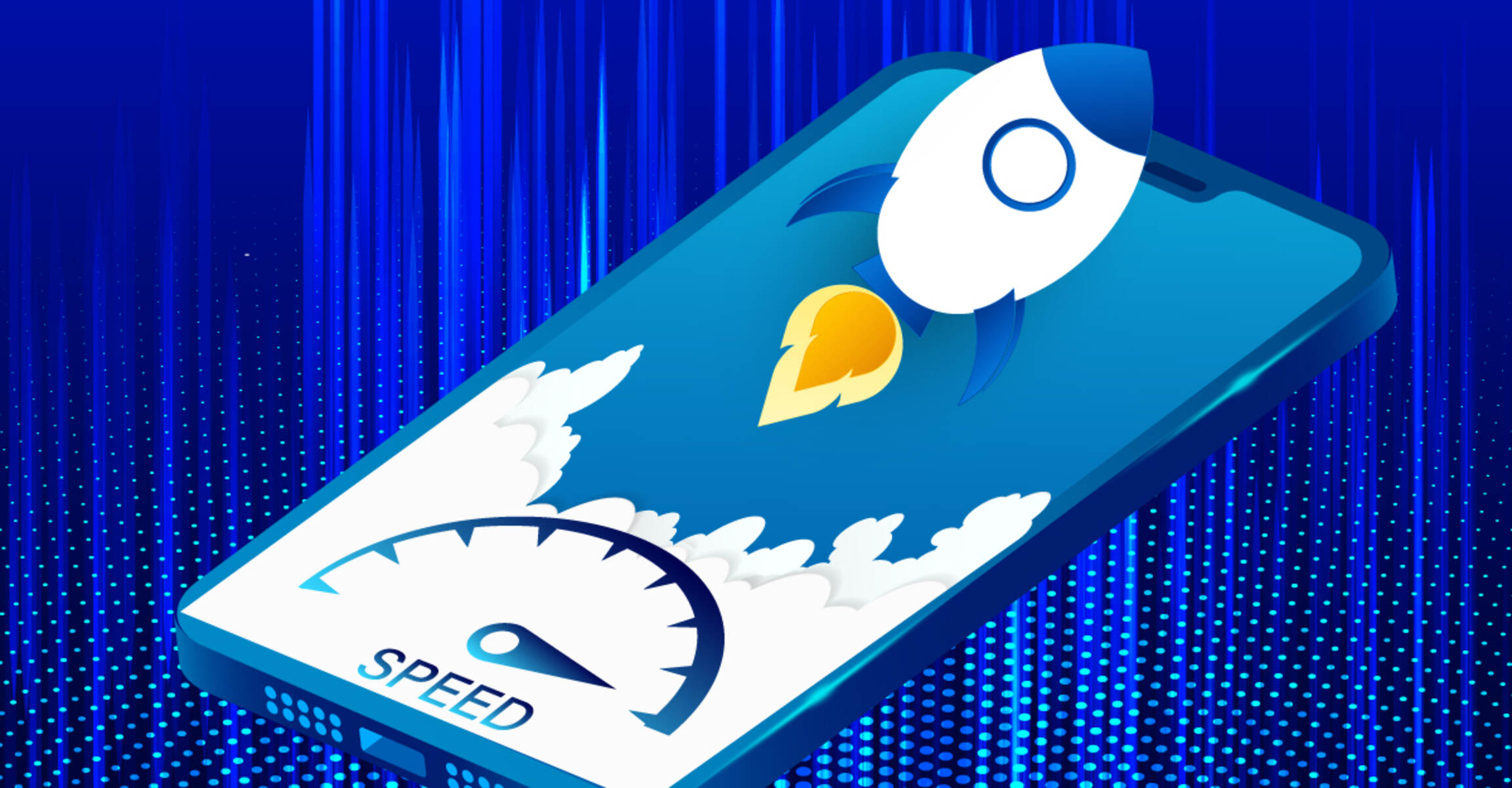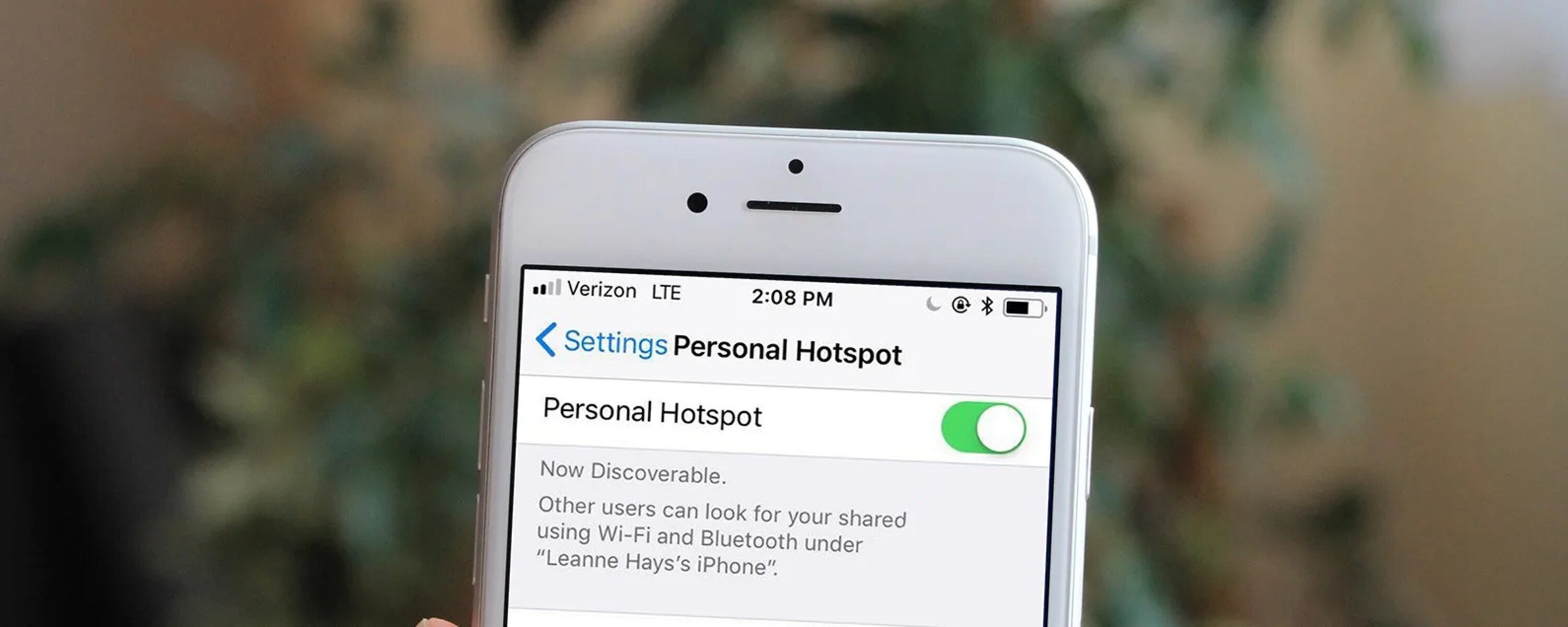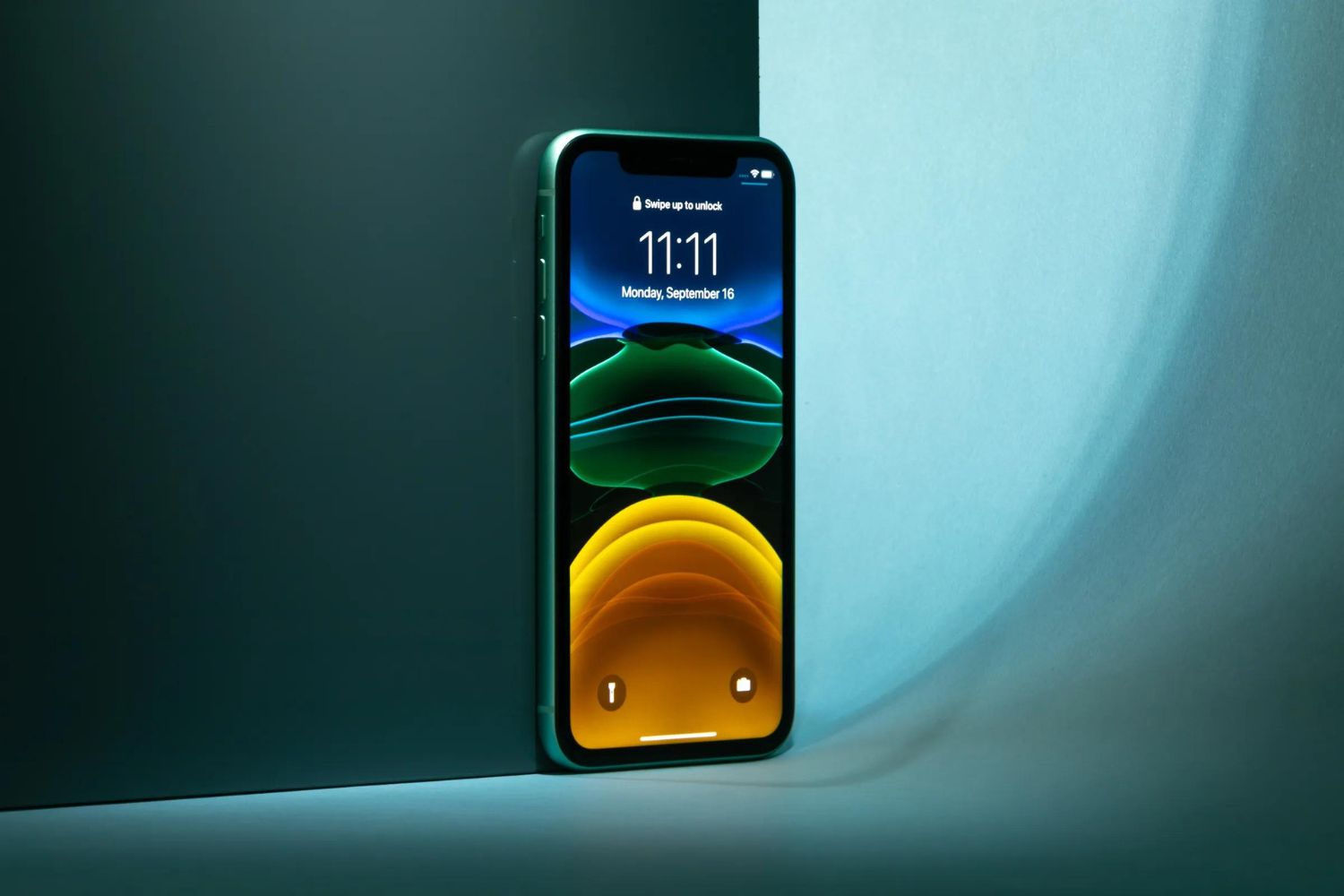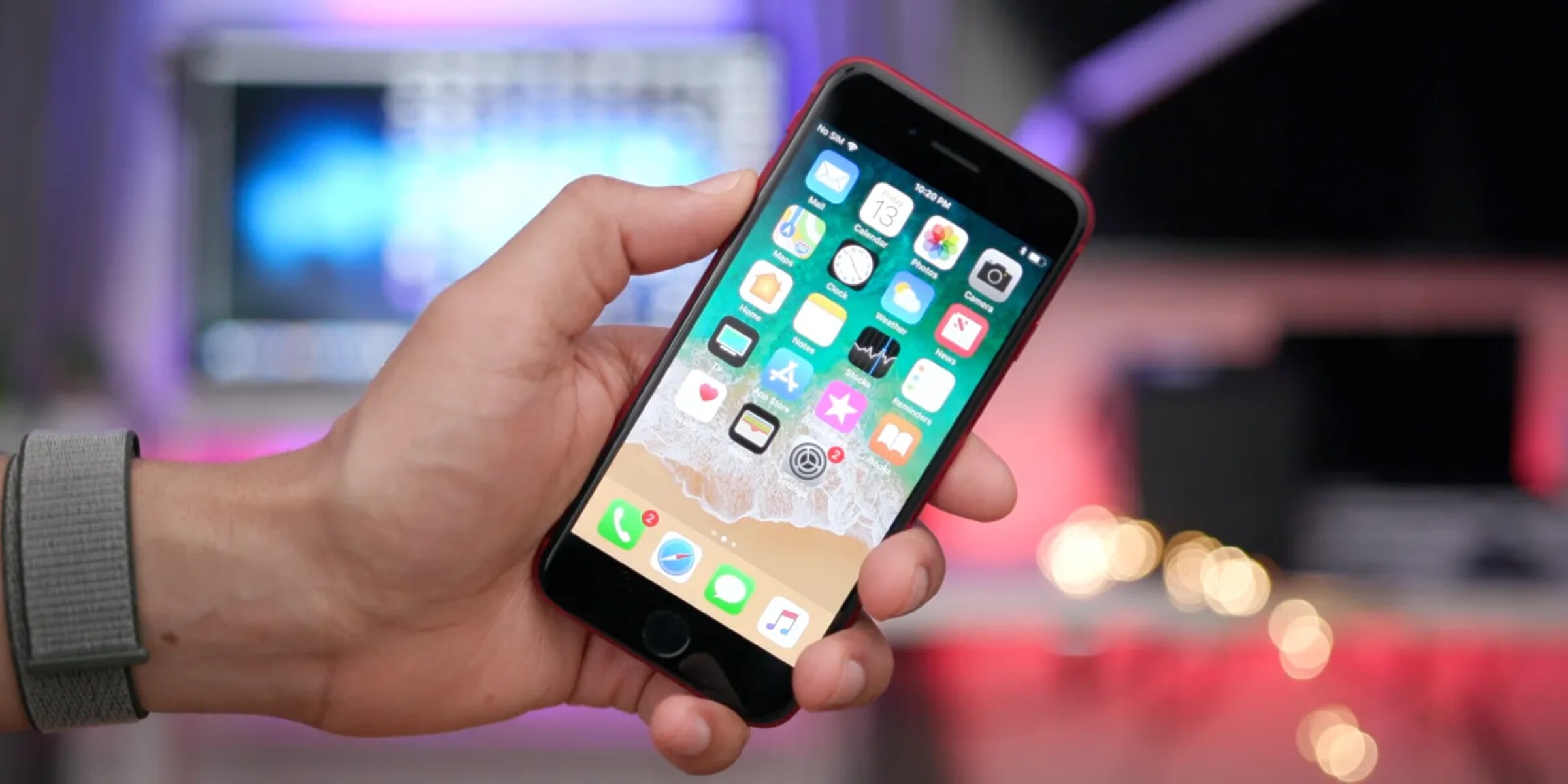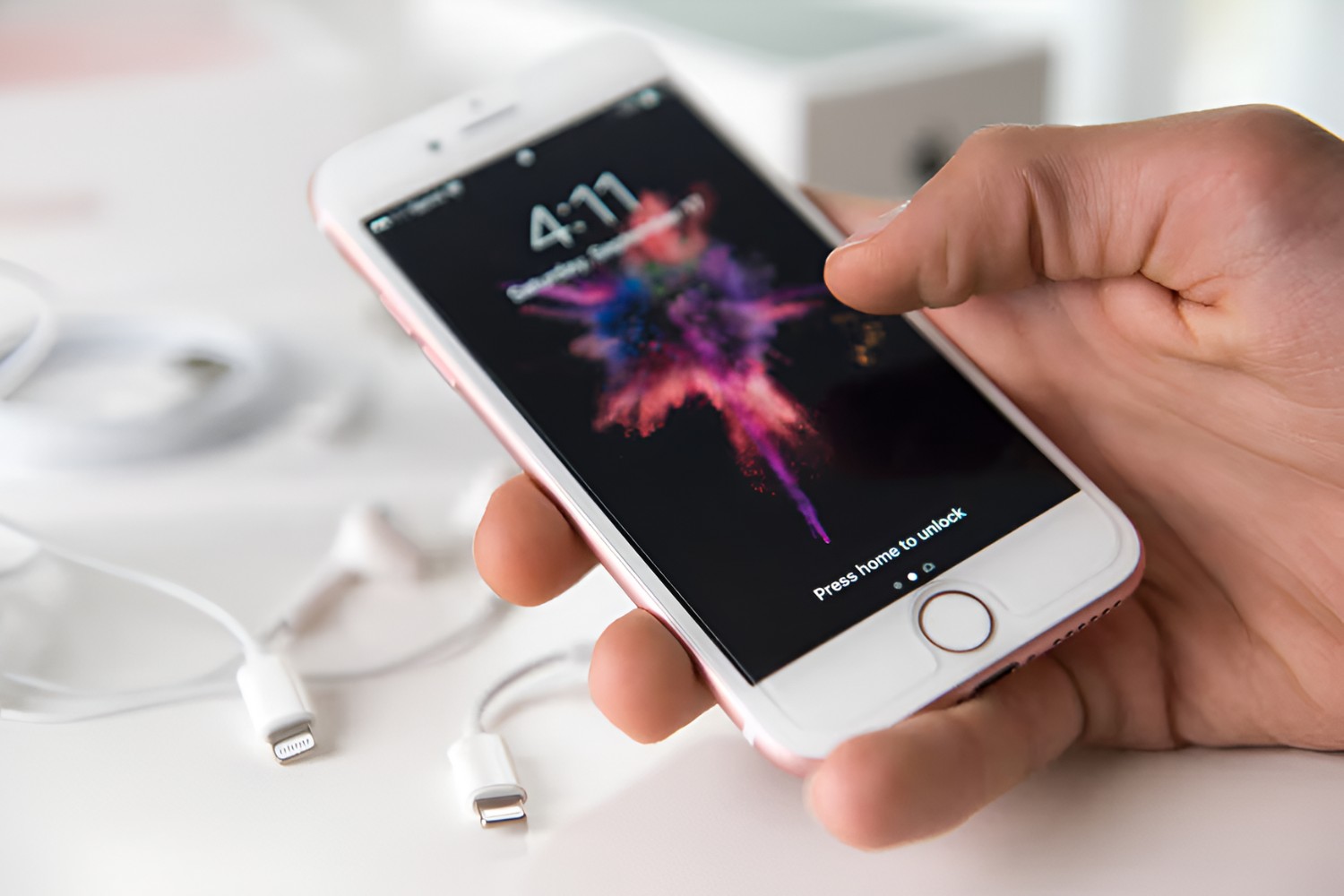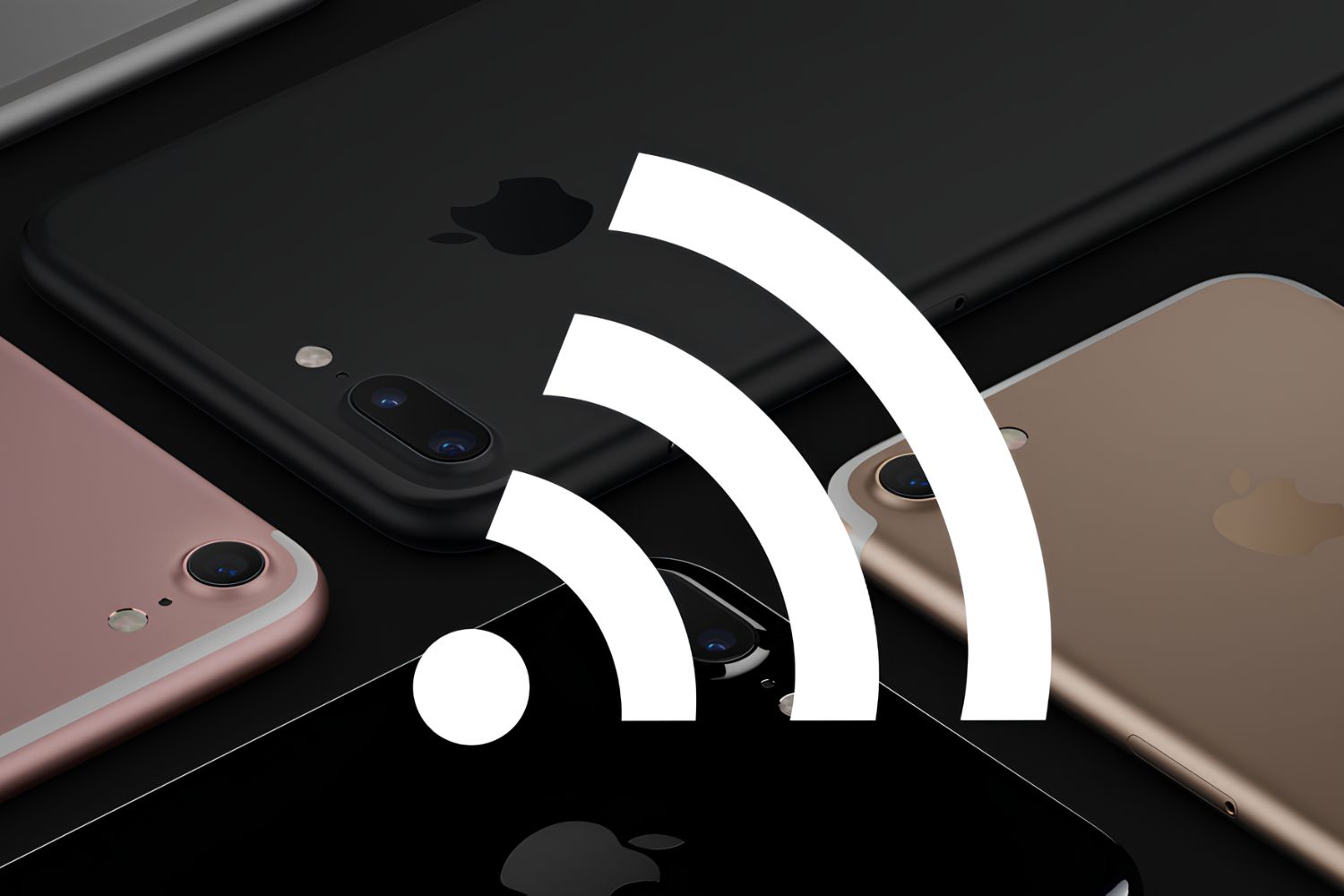Introduction
Are you tired of your iPhone hotspot turning off automatically, disrupting your internet connection when you need it the most? It can be frustrating when your hotspot unexpectedly shuts down, especially if you rely on it for work, school, or staying connected while on the go. Fortunately, there are ways to prevent this inconvenience and ensure a consistent and reliable hotspot connection.
In this comprehensive guide, we will delve into the underlying reasons behind the automatic iPhone hotspot turn-off and provide practical tips to help you maintain a stable connection without interruptions. Whether you're a student attending virtual classes, a professional working remotely, or someone who frequently uses their iPhone hotspot for various purposes, this guide is designed to empower you with the knowledge and strategies needed to overcome this common issue.
By understanding the factors contributing to automatic iPhone hotspot turn-off and implementing the preventive measures outlined in this guide, you can enjoy uninterrupted internet connectivity and streamline your digital experiences. Let's explore the insights and solutions to keep your iPhone hotspot consistently active, ensuring that you stay connected whenever and wherever you need it.
Understanding Automatic iPhone Hotspot Turn-Off
Automatic iPhone hotspot turn-off can be a perplexing issue for many users, leading to unexpected disruptions in internet connectivity. This problem often stems from various factors related to the iPhone's settings, battery management, and network conditions. Understanding the underlying causes is essential for effectively addressing and preventing this inconvenience.
One common reason for automatic hotspot turn-off is related to the iPhone's power-saving features. When the device detects inactivity or low power, it may automatically disable the hotspot to conserve energy. Additionally, network activity and data usage can impact the hotspot's stability, potentially triggering automatic turn-off mechanisms. Furthermore, software glitches or outdated system settings may contribute to this issue, requiring attention to ensure seamless hotspot performance.
Another crucial aspect to consider is the impact of network conditions on the iPhone's hotspot functionality. Fluctuations in cellular signal strength, network congestion, or compatibility issues with carrier settings can influence the hotspot's reliability, potentially leading to unexpected shutdowns. Understanding these network-related factors is pivotal in proactively managing the hotspot's stability and preventing automatic turn-off occurrences.
Moreover, user behavior and device usage patterns play a significant role in triggering automatic hotspot turn-off. Intensive data-consuming activities, prolonged periods of inactivity, or simultaneous usage of multiple devices connected to the hotspot can strain the iPhone's resources, prompting the automatic deactivation of the hotspot feature.
By comprehensively understanding these factors contributing to automatic iPhone hotspot turn-off, users can gain valuable insights into the dynamics of hotspot management and take proactive measures to prevent disruptions in internet connectivity. The subsequent section will delve into practical tips and strategies to effectively address this issue and maintain a consistent and reliable iPhone hotspot connection.
Tips for Preventing Automatic iPhone Hotspot Turn-Off
1. Keep Your iPhone Charged
Maintaining an adequate battery level on your iPhone is crucial for preventing automatic hotspot turn-off due to low power. Ensure that your device is sufficiently charged before using the hotspot, and consider using a charging cable or a portable power bank to keep it powered during extended usage.
2. Adjust Auto-Lock Settings
Configuring your iPhone's auto-lock settings can help prevent automatic hotspot turn-off caused by inactivity. By setting a longer auto-lock duration or disabling auto-lock altogether, you can minimize the risk of the hotspot deactivating when your device remains idle for extended periods.
3. Monitor Data Usage
Be mindful of your data consumption while using the hotspot, as excessive data usage can trigger automatic turn-off mechanisms. Avoid bandwidth-intensive activities or limit data-heavy tasks when using the hotspot to maintain a stable connection without risking automatic deactivation.
4. Enable Low Power Mode Wisely
Utilize the Low Power Mode feature on your iPhone judiciously, especially when using the hotspot. Activating Low Power Mode can impact the device's performance and may lead to automatic hotspot turn-off to conserve energy. Assess the necessity of Low Power Mode based on your current usage needs to prevent disruptions in hotspot connectivity.
5. Optimize Network Conditions
Position your iPhone in areas with strong cellular signal reception to optimize network conditions and minimize the likelihood of automatic hotspot turn-off due to poor signal strength. Additionally, consider network congestion and carrier-related settings that may affect the hotspot's stability, and make adjustments as needed to ensure consistent connectivity.
6. Manage Connected Devices
Limit the number of devices connected to your iPhone hotspot to prevent excessive strain on the device and potential automatic turn-off. Prioritize essential devices and disconnect unnecessary connections to optimize the hotspot's performance and minimize the risk of interruptions.
7. Update iOS and Carrier Settings
Regularly update your iPhone's operating system and carrier settings to address potential software glitches and compatibility issues that could contribute to automatic hotspot turn-off. Keeping your device's software up to date can enhance overall stability and performance, reducing the likelihood of unexpected hotspot deactivation.
8. Utilize Personal Hotspot Settings
Explore the advanced settings within the Personal Hotspot feature on your iPhone to customize timeout durations and other relevant parameters. Adjusting these settings can offer more control over the hotspot's behavior and help prevent automatic turn-off based on specific usage scenarios and preferences.
9. Reset Network Settings
If you encounter persistent issues with automatic hotspot turn-off, consider resetting your iPhone's network settings to clear potential configuration conflicts and restore optimal functionality. This can help address underlying network-related issues that may be contributing to the hotspot's instability.
10. Seek Technical Support
In cases where automatic hotspot turn-off persists despite implementing preventive measures, consider seeking technical support from Apple or your carrier. Professional assistance can help diagnose and resolve underlying issues that may be impacting the hotspot's reliability, ensuring a consistent and uninterrupted connection.
By implementing these proactive tips and strategies, you can effectively prevent automatic iPhone hotspot turn-off and maintain a reliable internet connection, empowering you to stay connected seamlessly and enhance your digital experiences.
Conclusion
In conclusion, overcoming the challenges associated with automatic iPhone hotspot turn-off involves a combination of proactive measures, user awareness, and strategic optimization of device settings. By understanding the interplay of factors contributing to this issue, users can effectively mitigate the risk of interruptions and maintain a stable hotspot connection.
The tips and strategies outlined in this guide provide a comprehensive framework for preventing automatic hotspot turn-off, empowering users to take control of their internet connectivity. From managing device power and optimizing network conditions to leveraging advanced hotspot settings, these recommendations offer practical solutions to address the underlying causes of automatic turn-off and ensure consistent performance.
Furthermore, fostering a proactive approach to hotspot management can significantly enhance the overall user experience, especially for individuals who rely on their iPhone hotspot for work, education, or staying connected while on the move. By implementing these preventive measures, users can minimize the impact of automatic turn-off occurrences and streamline their digital interactions with confidence.
Ultimately, the goal is to empower users with the knowledge and tools needed to maintain a reliable iPhone hotspot connection, free from unexpected disruptions. By integrating these strategies into their daily usage habits, individuals can navigate the digital landscape with greater ease, knowing that their hotspot remains consistently active and accessible when needed.
As technology continues to play an increasingly integral role in our daily lives, the ability to proactively manage connectivity issues such as automatic hotspot turn-off becomes essential. By embracing the insights and recommendations presented in this guide, users can navigate the complexities of hotspot functionality with greater confidence and resilience, ensuring that their internet connectivity remains a dependable asset in their digital endeavors.
In essence, preventing automatic iPhone hotspot turn-off is not merely about addressing a technical inconvenience; it is about empowering users to harness the full potential of their devices and seamlessly integrate connectivity into their lifestyle. With a proactive mindset and a keen understanding of the factors at play, users can transcend the challenges of automatic hotspot turn-off and cultivate a seamless and uninterrupted digital experience.







